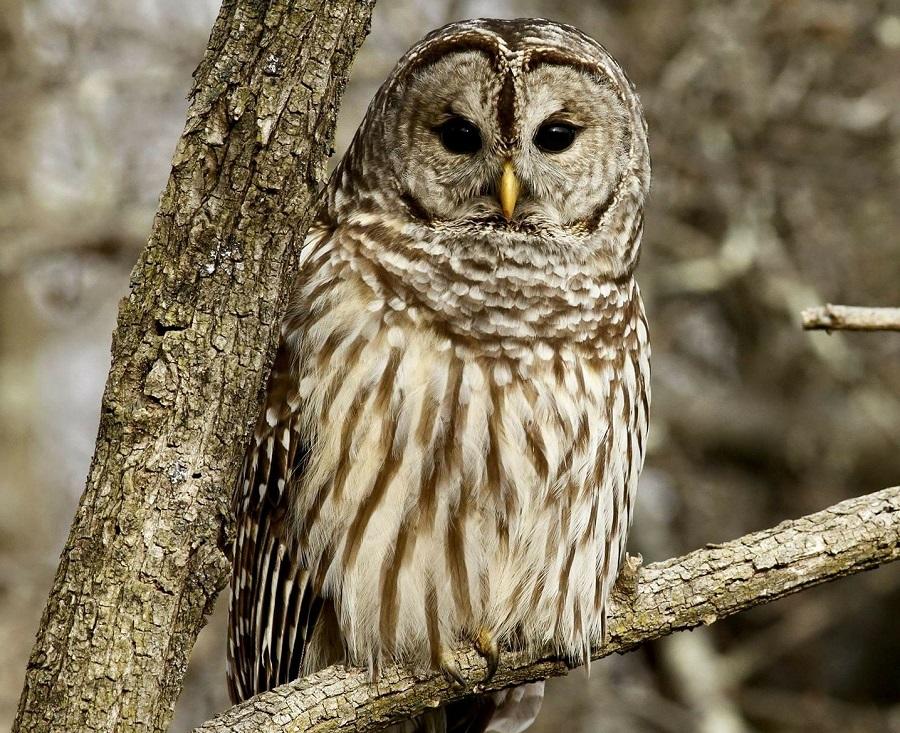A large component of the SCA’s conservation efforts centers around protecting wildlife across the country. From banding puffins for future monitoring to locating endangered sea turtle nests, members of the Student Conservation Association work to preserve some of the most critically endangered and vulnerable wildlife populations and their habitats. Here are a few of the many species.

Female Karner Blue Butterfly (USFWS/Jill Utrup)
The extremely fragile nature of the Karner blue population along with unique local conditions combine to create a site that warrants very close attention and monitoring. SCA members help to protect the federally endangered Karner blue butterfly at places including Saratoga Spa State Park, Huron-Manistee National Forest, and the New York Historic Preservation Office by conducting counts of Karner blue butterflies and vegetative surveys to estimate acreage of suitable butterfly habitat. This winter, Saratoga Spa State Park will host an Karner Blue Butterfly Steward to aid in management and outreach at one of its habitats.

Barred Owl (NPS/D. Machado)
To better understand population and habitat distribution, many owl species need to be carefully and closely monitored. At Little Pend Oreille National Wildlife Refuge in Colville, WA SCA interns create owl surveys to protect these magnificent birds. Interns at Klamath National Forest near Mt. Shasta, CA participate in the Wildlife Field Crew to inventory and monitor the northern spotted owl and barred owl. This includes conducting visits at night to document owl responses.

In 1986, Ocelots were listed as endangered from habitat loss and less than 60 are currently living in the country today, with the Rio Grande being home to one of the last breeding populations in the United States. Over the past several years, SCA interns in the Lower Rio Grande and Laguna Atascosa National Wildlife Refuges have been protecting and restoring habitat that is critical for ocelot survival. Field research includes setting up wildlife cameras, radio-tracking, and standardizing databases tracking ocelots.

As extremely vital members of the North American ecosystem, bat populations have been in a steep decline due to fungal diseases like White Nose Sydrome (WNS). SCA members at Mammoth Cave National Park in Kentucky and Oregon Caves National Monument identify bat roosts, make population counts, and monitor bat populations to help assess the impacts of WNS. In early 2023, El Malpais & El Morro National Monuments will be hosting Bat Cave Hibernacula Survey Interns to assist staff in conducting bat counts in over 200 lava tube caves, looking for indications of WNS, detecting signs of disturbance using FLIR camera and acoustical monitoring devices, and collecting cave microclimate data.

Among rapidly changing temperatures, there are numerous external factors that have been threatening sea turtles and their hatchlings. At Padre Island National Seashore in Texas, SCA members protect nesting sea turtles, care for sea turtle eggs, and transport and release hatchlings. At Huron-Manistee National Forest in Michigan, SCA members monitor rare turtles trapping, applying radio-transmitters, conducting radio-telemetry, and locating nests.